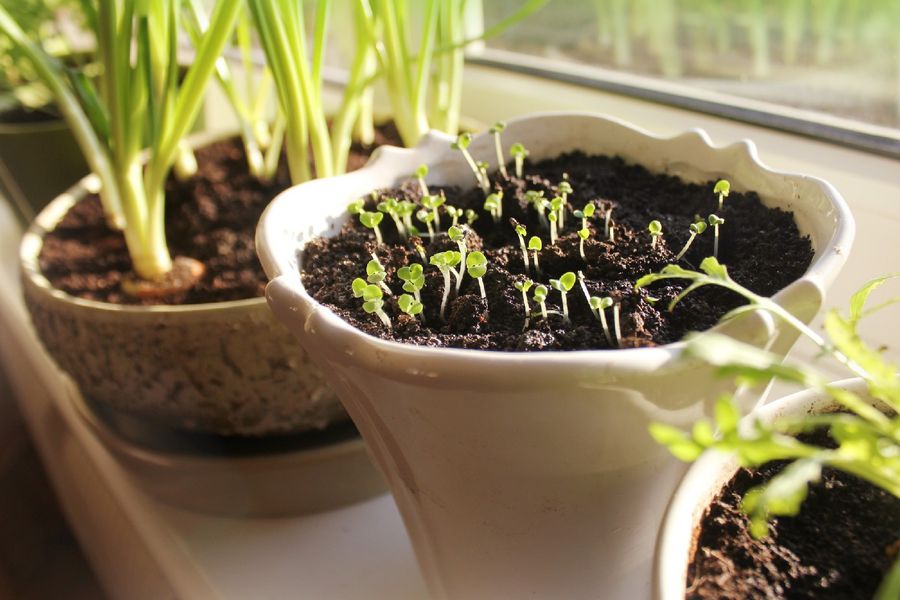As the year winds down and winter sets in, many might think it’s time to put the gardening tools away. However, December presents unique opportunities for garden enthusiasts. Starting a garden in December may seem unconventional, but it offers a chance to get a head start on the coming spring, and some plants actually thrive when planted in the cooler months. Winter gardening is not only about enduring the cold; it’s about utilizing the season’s distinct conditions to cultivate a robust garden. This article will delve into the best plants to start in your garden in December, laying the groundwork for a flourishing and vibrant garden come spring.






